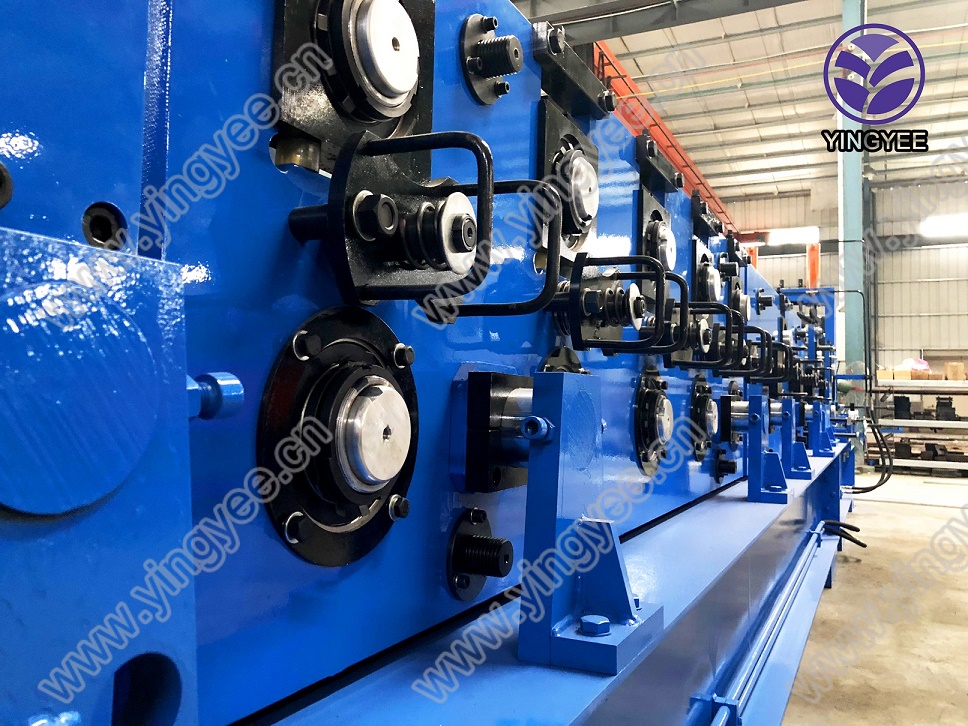
The Evolution and Importance of Roof Tile Making Machinery
In the construction and building materials industry, few elements are as vital as roofing. Roof tiles play a crucial role not only in protecting structures from the elements but also in enhancing aesthetic appeal. Over the years, the process of manufacturing roof tiles has evolved significantly, with modern machinery transforming traditional methods into highly efficient production systems. This articles explores the various aspects of roof tile making machinery and its importance in today's construction industry.
The Historical Context
Historically, roof tiles were made by hand from clay, which was molded and baked in kilns. This labor-intensive process limited production capacity and consistency. As demand for durable and aesthetically pleasing roofing options grew, the need for more efficient manufacturing processes became evident. The advent of roof tile making machinery marked a turning point, enabling manufacturers to produce tiles at scale while maintaining quality standards.
Types of Roof Tile Making Machinery
Modern roof tile making machinery can be broadly categorized into several types, including
1. Extrusion Machines Used primarily for clay tile production, these machines extrude clay into long shapes, which can then be cut and shaped into tiles. The extrusion process allows for uniform thickness, enhancing the quality of the tiles.
2. Pressing Machines These machines utilize hydraulic pressure to form tiles, typically from materials like concrete or high-quality ceramics. The pressing method ensures a consistent density, making the tiles strong and durable.
3. Forming Machines Often used for plastic or composite tiles, forming machines shape the raw materials into desirable forms. This type of machinery has gained popularity due to the rise in demand for lightweight and low-maintenance roofing options.
4. Glazing and Coating Machines After the tiles are formed, they often undergo glazing to improve their aesthetic qualities and resistance to weathering. These machines apply various coatings, whether protective or decorative, enhancing the longevity and appeal of the tiles.
Advantages of Modern Machinery

The integration of advanced machinery in roof tile production has brought several advantages
- Increased Efficiency Automated machinery significantly reduces production times. Manufacturers can produce thousands of tiles in a day, fulfilling large orders with ease.
- Consistency in Quality Machine-made tiles exhibit a level of uniformity that is hard to achieve through manual processes. This consistency ensures better performance over time, as each tile is produced to exact specifications.
- Cost Reduction While the initial investment in machinery may be substantial, the long-term savings on labor and material costs can be significant. Automated processes minimize waste and optimize resource usage.
- Innovation and Customization Modern machinery allows for the introduction of new materials and designs. As market demands change, manufacturers can adapt their production lines to cater to new trends, including eco-friendly roofing solutions and innovative aesthetics.
Challenges and Future Trends
Despite its advantages, the roof tile manufacturing industry faces challenges, including fluctuating raw material costs and the need for skilled labor to operate sophisticated machinery. Moreover, the push for sustainability has prompted manufacturers to seek eco-friendly materials and production practices.
Looking forward, the future of roof tile making machinery is likely to be influenced by advancements in technology. Automation, artificial intelligence, and robotics will play a significant role in further revolutionizing the manufacturing process, making it even more efficient and sustainable. Additionally, the increasing focus on building energy-efficient homes may lead to innovations in roof tile designs that promote better thermal insulation and energy conservation.
Conclusion
In conclusion, roof tile making machinery has revolutionized the construction industry by enhancing the efficiency and quality of tile production. As the demand for durable and aesthetically pleasing roofing materials continues to rise, the industry must adapt and innovate. With the integration of advanced technologies, the future of roof tile manufacturing looks promising, paving the way for more sustainable practices and greater customization to meet consumer needs.